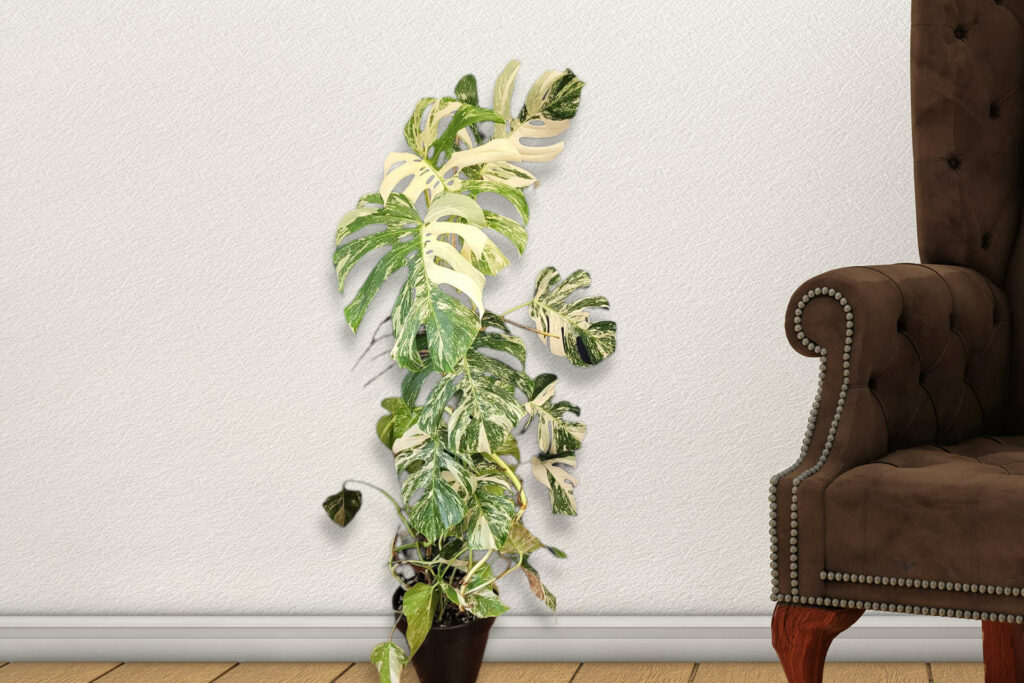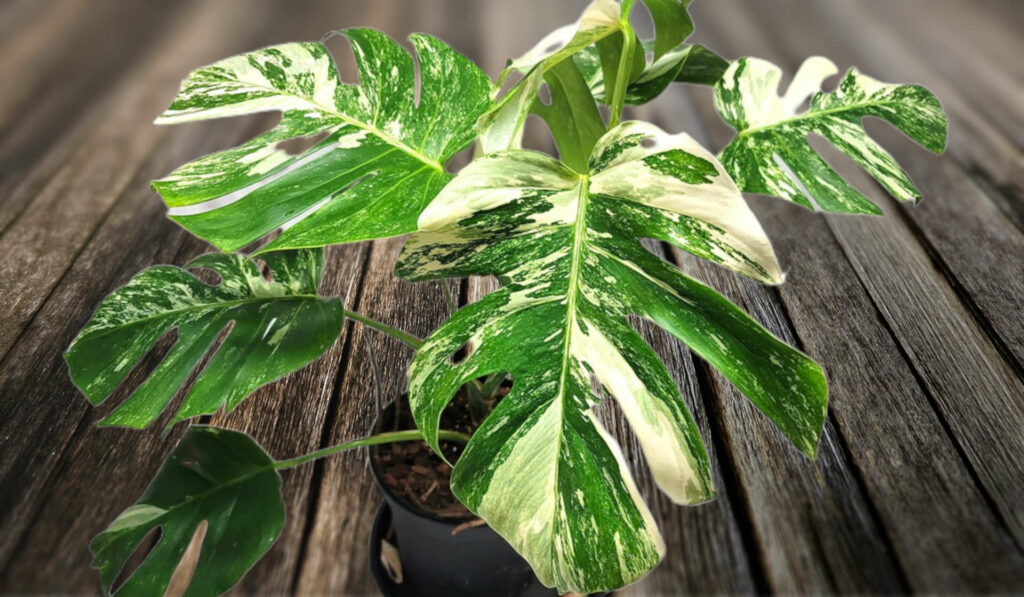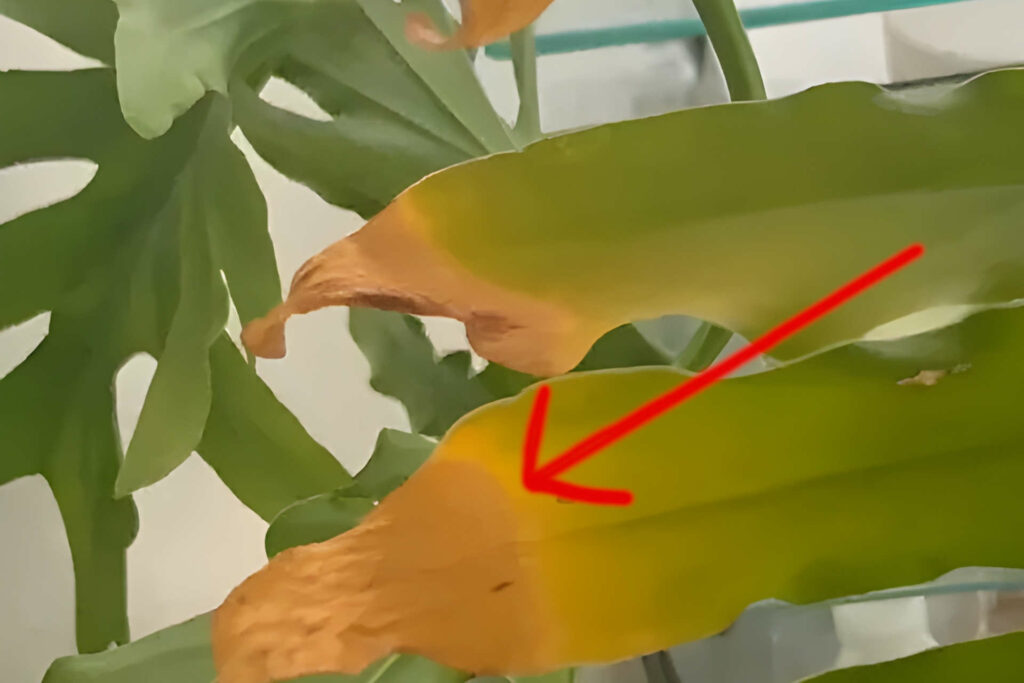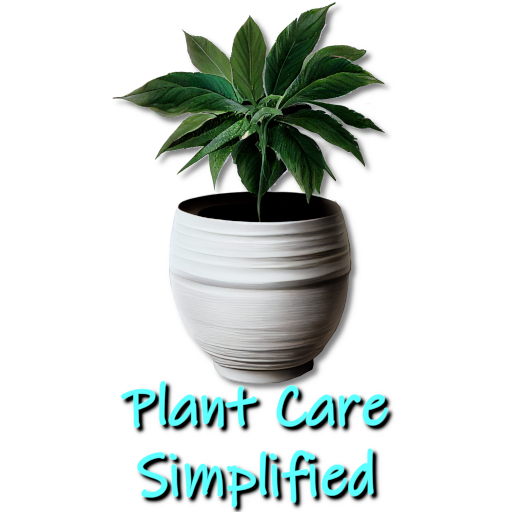Caring for Your Monstera Variegata
Kim is passionate about helping people create beautiful, healthy indoor spaces that are filled with plants. Kim believes that plants make us happier, healthier human...
- Variegated Monstera plants require bright, indirect light to thrive and should be placed in a location with an east or west-facing window or under grow lights.
- Monstera variegata plants prefer to be kept consistently moist but not waterlogged. Water the plant when the top inch of soil is dry to the touch, and make sure that the plant is not sitting in water.
- Variegated Monstera plants benefit from regular fertilization with a balanced, water-soluble fertilizer during the growing season.
- Variegated Monstera plants are susceptible to common houseplant pests such as spider mites and mealybugs and are also prone to root rot if overwatered.
Variegated Monstera plants are a beautiful addition to any home or office. Their unique leaf patterns and lush green foliage add a touch of tropical paradise to any room. However, caring for a variegated Monstera can differ slightly from caring for a traditional Monstera.
In this article, we will go over the specific care needs of variegated Monstera plants and provide tips on how to keep them healthy and thriving. We will also look at common problems that can arise when caring for your Monstera variegata and the solutions to dealing with them.
Monstera Variegata Care Guide
| Requirement | General Advice |
|---|---|
| Soil/Dirt-Based Media | Well-draining soil that's high in organic matter, with equal parts of potting soil, perlite, and peat moss. |
| Alternative Growing Media | Not recommended |
| Pot Size | Suitable potting container with drainage holes |
| Pot Material | Any material that provides drainage |
| Watering Requirements | Keep soil consistently moist, but not waterlogged. Water when the top inch of soil is dry. |
| Light Requirements | Bright, indirect light 10-15 lm/in2 (lumen per sq inch) |
| Temperature | 60-85°F (15-29°C) |
| Humidity | High |
| Propagation | Stem cuttings |
| Pruning | Regular pruning to promote bushier growth |
| Fertilizer | Once a month during the growing season with a balanced, water-soluble fertilizer. |
| Growth and Size | Climbing vine, with large leaves that can reach 2 feet in length and width |
| Toxicity | Non-toxic |
It's worth noting that the answer for all these requirements may vary depending on the specific plant, its condition and care, the environment and personal preferences. The above table is a general guide, and it is recommended to monitor your specific Monstera variegata and adjust the care accordingly.
Caring for Your Plant to Ensure Optimal Health

Above, we have provided a basic chart that you can use as an overall guide for caring for your Monstera Variegata. But how do you apply this in practical terms?
Light Requirements
Variegated Monstera plants require bright, indirect light to thrive. They can tolerate some direct sunlight, but too much can cause the leaves to burn. An east or west-facing window is the ideal location for a variegated Monstera. If you do not have access to natural light, you can also use grow lights to provide the necessary light for your plant. If you want to find out more about plant lighting, we have an in-depth article detailing the relationship between plant growth and lighting.
Watering
Variegated Monstera plants prefer to be kept consistently moist but not waterlogged. Water the plant when the top inch of soil is dry to the touch. It is also important to ensure the plant is not sitting in water, as this can lead to root rot.
When it comes to watering your variegated Monstera, the key is to keep the soil consistently moist without allowing it to become waterlogged. A good rule of thumb is to wait until the top inch of soil is dry before watering your plant. It's also important to ensure the plant is not sitting in water, as this can lead to root rot. A well-draining potting mix and a pot with drainage holes will help prevent waterlogging.
Humidity
The ideal humidity for a variegated Monstera is between 60-70%. If the air in your home is dry, you can increase humidity by placing a tray of water near the plant or using a humidifier.
Temperature and Airflow
Variegated Monstera plants prefer temperatures between 60 and 85 degrees Fahrenheit and will thrive in a warm and humid environment. They also require good air circulation to prevent the growth of mold and mildew. To provide the appropriate temperature and airflow for your variegated Monstera, place it in a well-ventilated area such as near an open window or use a fan to circulate the air. Avoid placing the plant near air conditioning or heating vents, as sudden temperature changes can cause leaf damage.
Fertilizer
As for fertilizing, variegated Monstera plants benefit from regular fertilization during the growing season. A balanced, water-soluble fertilizer is recommended, and it should be applied to the soil every 4-6 weeks. Ensure you follow the package instructions for the appropriate application rate and frequency. Over-fertilizing can lead to leaf burn and other issues, so it's essential to stick to the recommended guidelines.
Pruning and Training
Variegated Monstera plants can grow quite large and may require pruning to keep them manageable. Prune the plant back as needed to control its size and shape. You can also train your variegated Monstera to climb support or grow as a trailing vine. You can use plant ties or clips to secure the stem to the support.
Pests and Diseases
Variegated Monstera plants are susceptible to common houseplant pests such as spider mites and mealybugs. You will need to deal with these quickly to avoid them becoming a bigger problem immediately.
Root rot can also be a problem if the plant is overwatered. If you suspect root rot, remove the plant from its pot and examine the roots. If they are brown and mushy, the plant may need to be discarded.
Maintaining Size and Appearance

Variegated Monstera plants can grow quite large, so keeping an eye on their size and shape is essential. Pruning the plant back as needed can help control its size and shape. You can also train your variegated Monstera to climb support or grow as a trailing vine. You can use plant ties or clips to secure the stem to the support, which will keep the plant looking its best and control its size.
It' should be remembered that variegated Monstera plants require repotting, and they should be repotted every two years or when their roots have outgrown their pot. When repotting, use a well-draining potting mix and a pot with drainage holes to prevent waterlogging.
Soil and Pot Size
As a plant, variegated Monstera's prefer a well-draining potting mix that is rich in organic matter. As an alternative to normal potting mix , a combination mix of peat moss, perlite, and vermiculite is a good option. If peat moss is difficult to come by, then coco coir is also a good alternative. T
he pot size should be large enough to accommodate the plant's root system, but not so large that the soil stays too wet. A pot with drainage holes is essential to prevent waterlogging. When repotting, be sure to use a pot that is only slightly larger than the previous one.
Propagation
Propagating variegated Monstera plants is a great way to create new plants while keeping the unique variegation of the leaves. The most common method of propagation is through stem cuttings. To propagate your variegated Monstera, take a stem cutting that includes at least one leaf node (the point where the leaves attach to the stem) and a few leaves. Allow the cutting to callus over for a day or two before planting it in a well-draining potting mix. Keep the soil consistently moist and provide bright, indirect light. Your cutting should develop roots in 4-6 weeks with proper care.
Common Problems and Solutions
As with any plant, variegated Monstera can be prone to various problems. Some common issues to watch out for include yellowing leaves, brown spots, and leaf damage. Yellowing leaves can be a sign of over-watering or a lack of nutrients, while brown spots may be a sign of sunburn or pests. To address these issues, adjusting your watering, fertilizing routine as needed, and keeping an eye out for problems is essential.
Leaf Damage and Growth Habit
Another common problem with variegated Monstera is leaf damage. This can occur due to improper handling, repotting, or disease. To prevent leaf damage, be gentle when handling and repotting your plant, and be ever on the lookout for any signs of disease as catching problems early is the key to being able to deal with them efficiently.
Leaf Scorch in Variegated Monstera Plants

Leaf scorch is a condition that can affect variegated Monstera plants and is characterized by brown or yellowed leaf edges. This can be caused by a variety of factors, including too much direct sunlight, dry air, or improper watering.
Variegated Monstera plants require bright, indirect light to thrive, but too much direct sunlight can cause the leaves to scorch. To prevent leaf scorch, make sure to place your variegated Monstera in a location with a east or west-facing window or under grow lights. Additionally, dry air can cause leaf scorch, make sure to increase humidity by placing a tray of water near the plant or using a humidifier.
Another factor to consider is improper watering. You may be surprised to learn that s under-watering or over-watering can both contribute to leaf scorch1. Variegated Monstera plants prefer to be kept consistently moist, but not waterlogged. Water the plant when the top inch of soil is dry to the touch and make sure that the plant is not sitting in water to prevent root rot.
Are Variegated Plant's Leaves More Susceptible Than Non-Variegated Leaves
The variegation in leaves of variegated Monstera plants is caused by a genetic mutation that results in the loss or reduction of chlorophyll in certain areas of the leaf. This can make variegated leaves more susceptible to damage from factors such as too much direct sunlight or dry air. Additionally, variegated leaves may have less ability to produce food through photosynthesis and may be more dependent on the plant's root system for energy, making them more sensitive to issues such as under-watering or over-watering.
To keep your variegated Monstera healthy and prevent leaf scorch, it is important to provide the appropriate light, humidity, and watering conditions. Regularly inspecting your plant for signs of leaf scorch and addressing the issue promptly can help keep your plant healthy and thriving.Output in
Dealing with pests and diseases
As we have discussed, variegated Monstera plants are susceptible to common houseplant pests. It is essential to watch for any signs of infestation and treat them as soon as possible. There are many effective ways of dealing with pests, such as soil mites, using either organic or chemical applications.
Root rot can also be a problem if the plant is overwatered. If you suspect root rot, remove the plant from its pot and examine the roots. If they are brown and mushy, the plant may need to be discarded. To prevent pests and diseases, it's essential to keep the plant clean, to keep the humidity in check, and to avoid overcrowding. Regularly inspecting your variegated Monstera for signs of infestation and addressing the issue promptly can help keep your plant healthy and thriving.
In addition, it's essential to use appropriate pesticides and fungicides that are safe for use on houseplants. Always follow the manufacturer's instructions and take reasonable precautions when applying these products. If the infestation is severe, it may be necessary to discard the plant to prevent the pests or disease from spreading to other plants.
References
- Missouri Botanical Garden: Overwatering
Frequently Asked Questions
Why does my swiss cheese plant not have holes?
The characteristic holes, or fenestrations, on a swiss cheese plant, also known as Monstera deliciosa, only appear on mature leaves. If your plant is young or not receiving enough light, it may not yet have developed holes in its leaves. Additionally, not all Monstera deliciosa plants will develop holes, as it is a genetic variation.
Why are the leaves of my swiss cheese plant yellow?
Yellowing leaves on a swiss cheese plant can be caused by a variety of factors, including over-watering, lack of nutrients, or pests. Over-watering can lead to root rot and a lack of oxygen, causing the leaves to turn yellow. Make sure to only water your plant when the top inch of soil is dry to the touch and to fertilize your plant regularly. Yellowing leaves can also be caused by pests, inspect the leaves for any signs of infestation and treat immediately.
Why are the tips of my swiss cheese plant turning brown?
Brown tips on a swiss cheese plant can be caused by a variety of factors, including dry air, under-watering, or over-fertilization. Dry air can cause the tips of the leaves to turn brown, make sure to increase humidity by placing a tray of water near the plant or using a humidifier. Under-watering can also cause the tips of the leaves to turn brown. Be sure to keep the soil consistently moist but not waterlogged. Over-fertilization can also cause the tips of the leaves to turn brown, be sure to follow the package instructions for the appropriate application rate and frequency.
Will Monstera deliciosa bear fruit as a houseplant?
Monstera deliciosa plants are known for their large, showy fruit, but it is unlikely for them to bear fruit as a houseplant. Fruit production is highly dependent on the plant's environment, specifically temperature, humidity and light conditions. Monstera deliciosa plants typically need very specific environmental conditions that are difficult to replicate indoors to produce fruit.
Kim is passionate about helping people create beautiful, healthy indoor spaces that are filled with plants. Kim believes that plants make us happier, healthier human beings, and she loves sharing her knowledge with others so they can experience the joys of plant care for themselves. <a href="https://plantcaresimplified.com/kim-marson/">Read more</a>
More Posts